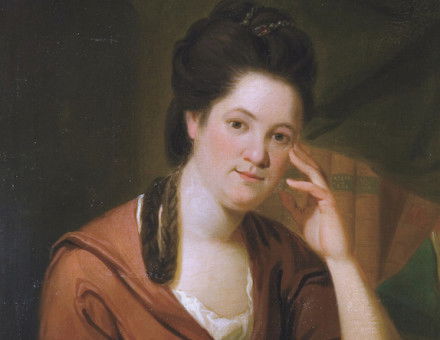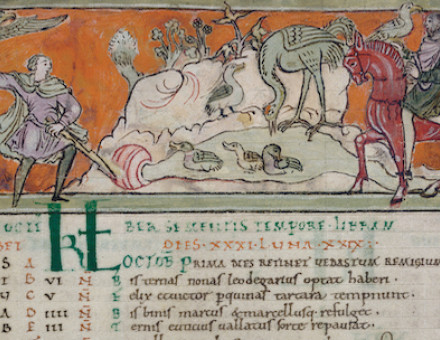Time and Tithes
Patricia Wright revisits the career of a 14th-century abbot who ruthlessly protected the interests of his abbey and who built a remarkable celestial clock.
The fourteenth century is often regarded as one of the worst endured by Europeans. Crop failures, war and the onset of the Black Death all cut back the population by between a half and a third. In places, whole communities perished. The position of the Church and its doctrines were called into question as people began to wonder if the Devil had actually won his battle with God, or, perhaps more disturbing still for the church hierarchy, if the sins and corruption of the clergy had exposed Christians to divine wrath.
In England, as elsewhere, a series of wet summers between 1314 and 1317 brought a rapid rise in the cost of staple foodstuffs. All official attempts to hold down prices failed. Almost simultaneously, the royal army of Edward II (r.1307-27) was defeated by the Scots at Bannockburn, a national humiliation and financial disaster. Scandal and near anarchy surrounded the King’s person, ultimately leading to his demise.





